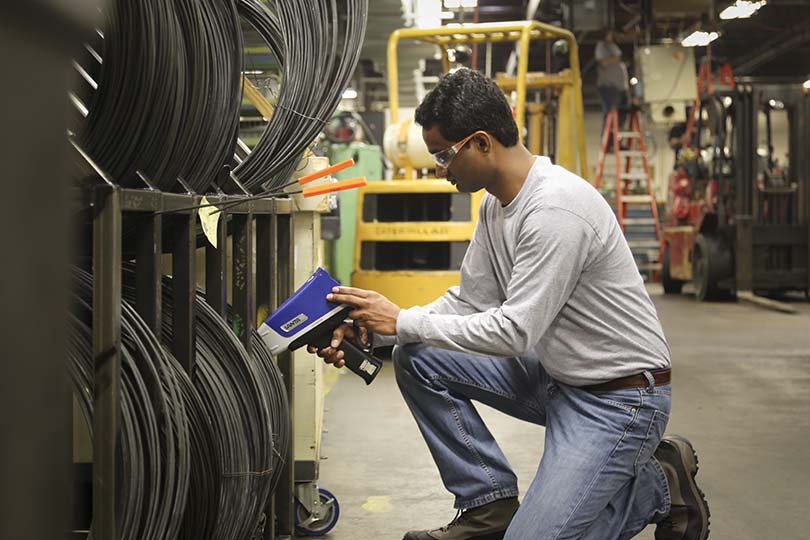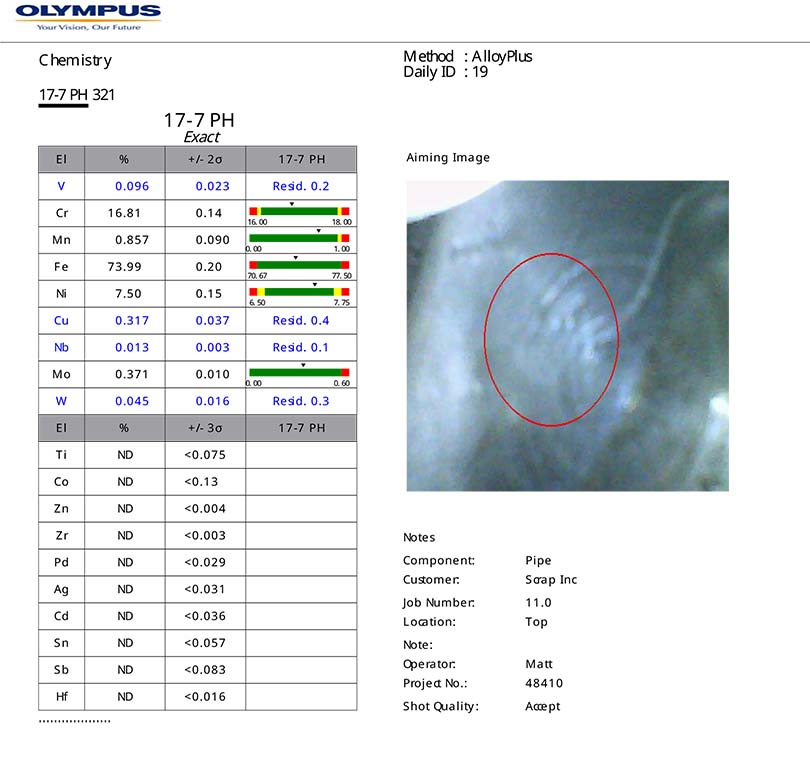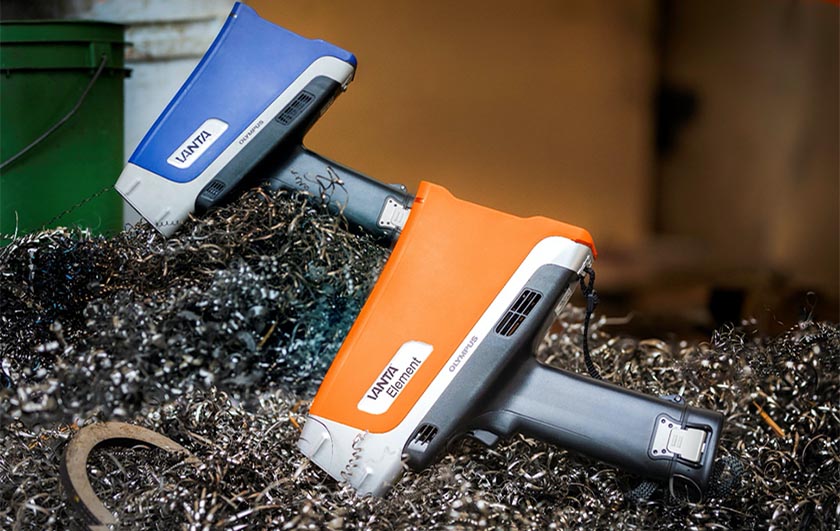As a consumer, it can be difficult to understand the complexities surrounding the different X-ray fluorescence (XRF) analyzers on the market. XRF analytical specifications can be confusing—for instance, you may have heard people talk about count rate, resolution, voltage, and tube watts, but you’re not sure of their significance. While these features all influence the price and performance of a handheld XRF analyzer, what is most important is how they work together to achieve your objectives, without breaking the bank.
What Does an XRF Analyzer Cost?
The only way to truly evaluate if an instrument is a good fit for your needs—and worth the investment—is to look at the results it provides for the elements you’re trying to measure. We’ve outlined some of the factors that influence the price and performance of a handheld XRF analyzer:
X-Ray Fluorescence Analyzer Detector Types: PIN or SDD
There are two types of detectors used in handheld XRF analyzers: PIN and SDD. PIN detectors are an older technology that is less expensive, but also less sensitive than a silicon drift detector (SDD). Your answers to the three questions below will help you determine if you need the sensitivity of an SDD.
- Do I need to measure light elements? In XRF lingo, light elements are magnesium, aluminum, silicon, phosphorous, and sulfur. If you need to know the concentration of these elements, then you need an SDD.
- Is testing speed important? An SDD can identify most alloys in a second or two. A PIN instrument can take 8 to 10 seconds to perform the same task. If you are testing many samples, the analysis time can add up, making the SDD instrument the cost-effective choice.
- What is the lowest concentration level you need for each element? SDD instruments have lower limits of detection (LODs) than PIN instruments. Refer to the manufacturer’s LOD sheet, but understand that the reported LODs represent performance under ideal conditions.

Silicon Drift Detector Size
If you have decided you need the throughput, sensitivity, and elemental range of the SDD, most manufacturers offer a standard SDD and a large-area SDD. The large-area SDD has better analytical sensitivity but costs more. This can influence the price of your handheld XRF analyzer.
X-Ray Tube Anode Materials (Rh/Ag/W)
Some manufacturers carry a complete line of analyzers with a variety of available tube anode materials. Typical materials are rhodium (Rh), silver (Ag), and tungsten (W).
- Rhodium: The best for measuring light elements. It’s particularly fast at measuring magnesium, a key element in aluminum grades, making rhodium the best choice for most alloy applications.
- Tungsten: The use of tungsten or a similar heavy material is best for high-energy elements like cadmium, which is important for RoHS testing.
- Silver: A good all-around anode material, silver is not as good as rhodium for magnesium or tungsten for cadmium but is a good compromise when you’re on a budget.
Consult with the manufacturer for details and expert recommendations.

Selecting Your Options and Accessories
- Cameras: When documentation is important, purchase an analyzer with built-in cameras—one camera to document the sample tested and one camera to position the instrument for testing.
- Collimator: Some analyzers offer a collimator, which narrows the X-ray beam, so the spot size decreases from about 10 mm to 3 mm. This feature enables the inspector to select a small area for analysis, such as the weld seam in a pipe.

- Connectivity: Analyzers with wireless connectivity enable fast decision making in the field and easily accessible results. Direct export to a USB drive is a nice convenience on most modern analyzers.
- Work Station: For operating in a lab environment or in a field, a work station can provide additional shielding from X-rays and be helpful for testing small objects.
All these factors can affect the price of a handheld XRF analyzer package. The key is to choose an analyzer with the exact performance and features you require.
Related Content
5 Features Your Cost-Effective XRF Analyzer Should Have
Vanta Handheld XRF Analyzers Outperform the Competition
Get In TouchBuild My Analyzer

